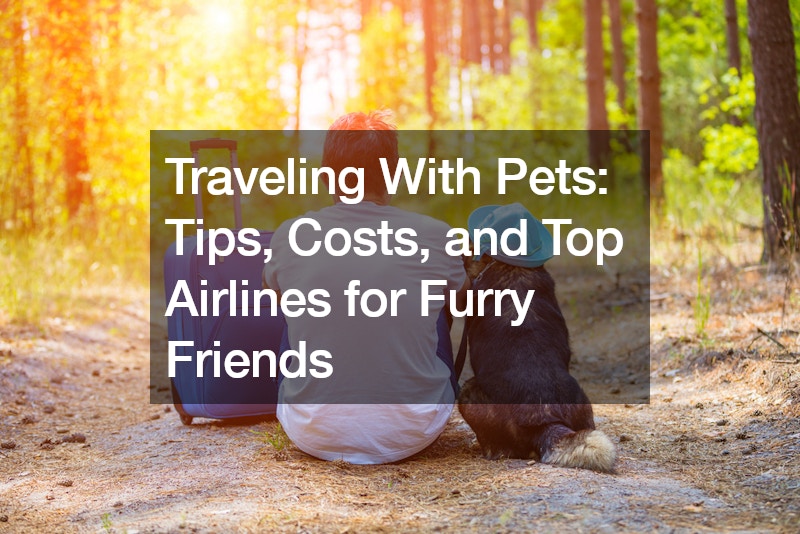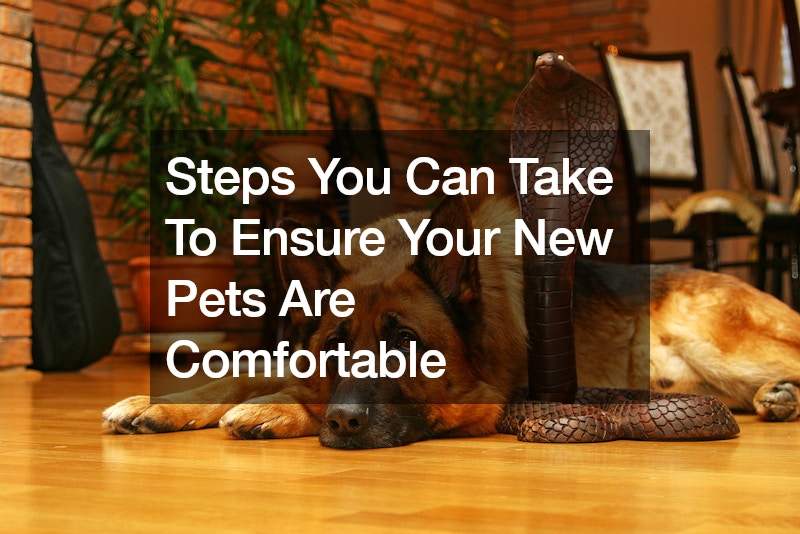When your dog chews everything in sight, something may be wrong with him. He’s not being disobedient on purpose. He just can’t help it because he may be suffering from anxiety. If he is, he may be prone to aggression or the opposite, meekness.
Understanding Anxiety in Dogs
All dogs are likely to develop anxiety, but some breeds are more prone to this condition than others. Enrolling your dog in a training school meant for puppies and older dogs is one way to help your dog get better and solve your canine troubles.
Anxiety can lead to serious behavioral problems later on if left untreated. Observe your pet for the following signs of anxiety:
- Mild fears that include: trembling, tail tucking, withdrawal/hiding, avoiding eye contact, reduced activity and passive escape behaviors
- Urinating or defecating constantly in the house
- Drooling, panting, pacing and excessive barking
- Restlessness
- Repetitive or compulsive behaviors
- Destructive behavior
- Depression
- Aggression
If you’ve observed these signs occurring repeatedly, even when you’re at home where it’s safe and it’s a familiar environment to him, then it’s more than likely he’s in trouble. You’ll want to take your pet to the vet for a diagnosis.
Your dog may have anxiety because of:
- Fear
- Separation
- Aging/Health Condition
- Isolation
Fear stems from a lot of factors. It could be fear from the pup’s early life; fear triggered by other, bigger dogs;fear due to neglect, and fear due to abuse. Other sources of fear are loud noises, strange people or other animals, visual stimuli (e.g., hats, umbrellas), new or strange environments, car rides, or even unfamiliar surfaces (e.g., wood or cemented floors, grassy areas).
Separation anxiety originates from a history of abandonment, of belonging to multiple owners, rehoming, and prior neglect. Dogs suffering from this type of anxiety can’t find comfort when they’re left alone or away from their family members.
Older dogs, meanwhile, are prone to developing cognitive dysfunction syndrome (CDS). In dogs with CDS, memory, learning, perception, and awareness decline. Illness-related anxiety due to infectious diseases and toxic conditions, like lead poisoning may lead to behavioral problems in your dogs, including fears, phobias, and anxieties.
Dogs can develop anxiety when they’re deprived of social and environmental exposure around the ages of 12 to 36 months, when they’re at the height of social maturity. They’re naturally social creatures, and isolating them from others may lead to your pet developing anxiety.
So what can you do?
Treatment for Anxious Dogs
 Once you’ve identified the cause of your dog’s anxiety, remove any possible triggers from his surroundings. Dogs calm down when they realize they aren’t in danger. Another way to treat your pet’s anxiety is to consult your vet about it. Your vet can determine if there are any other medical conditions that could be causing your dog’s symptoms.
Once you’ve identified the cause of your dog’s anxiety, remove any possible triggers from his surroundings. Dogs calm down when they realize they aren’t in danger. Another way to treat your pet’s anxiety is to consult your vet about it. Your vet can determine if there are any other medical conditions that could be causing your dog’s symptoms.
Another way to ease your dog’s anxiety is enrolling him in a training school that specializes in handling anxious animals. Dog trainers in these schools practice effective techniques that can lessen dog’s anxiousness as a result of past trauma, or uncorrected behavior.
And spend more time with your pets. Play with your dogs and let them be around other animals, too. Exposing them to an environment where they can be their social selves can help ease their anxious behavior.
It’s crucial to monitor your dog’s well-being, which goes beyond ensuring he’s fed right every day. Be mindful of the symptoms of dog anxiety, and help your pet live a long, happy life by your side.




